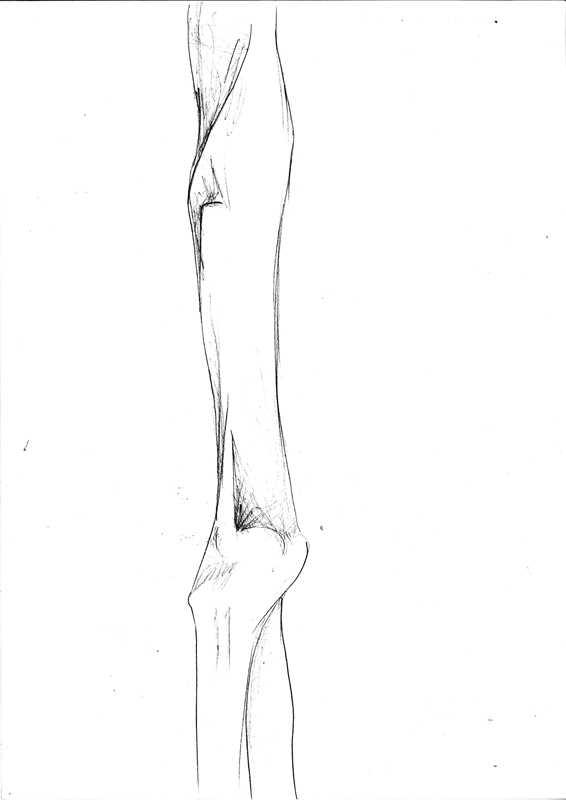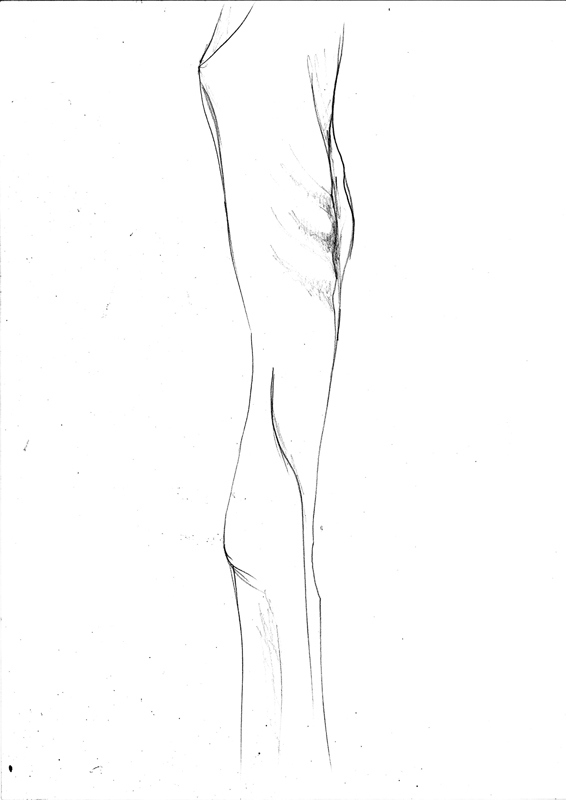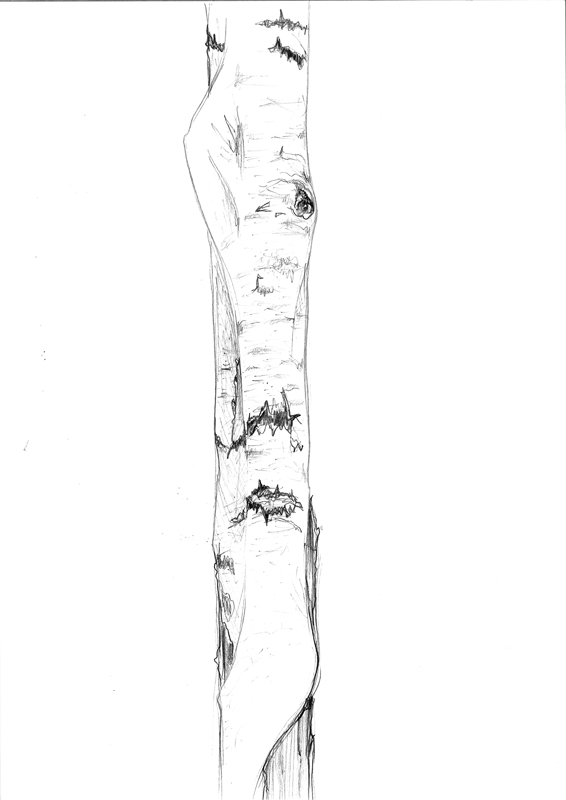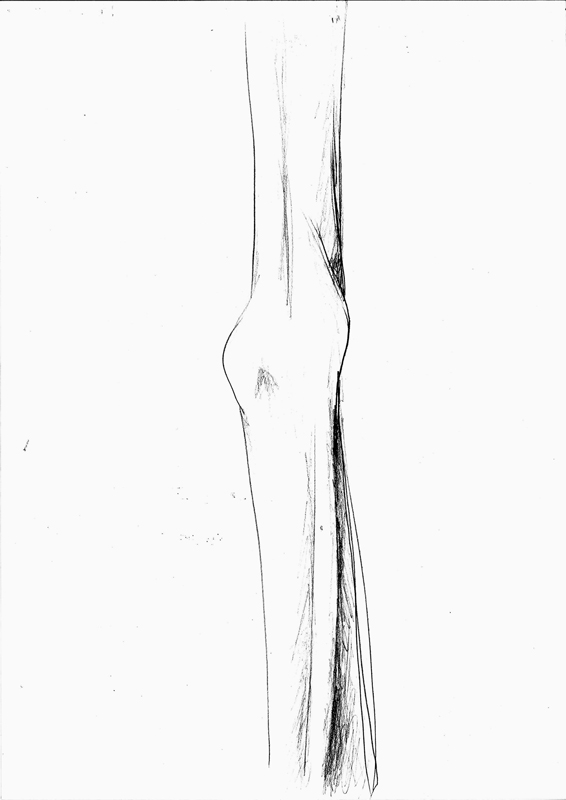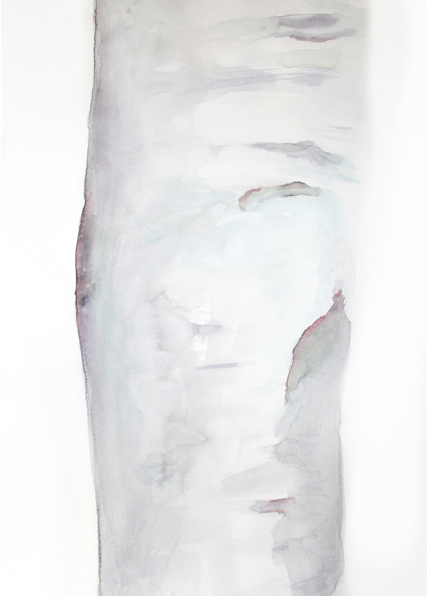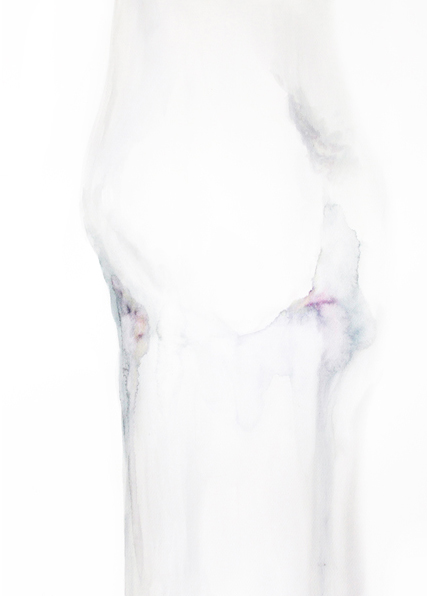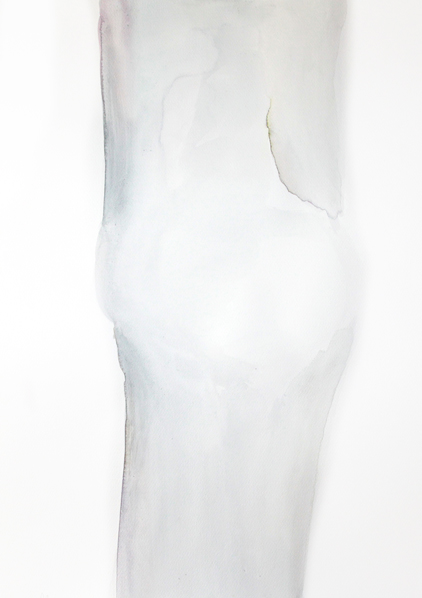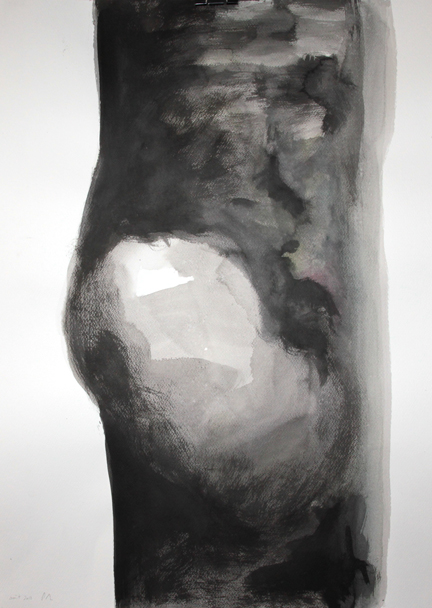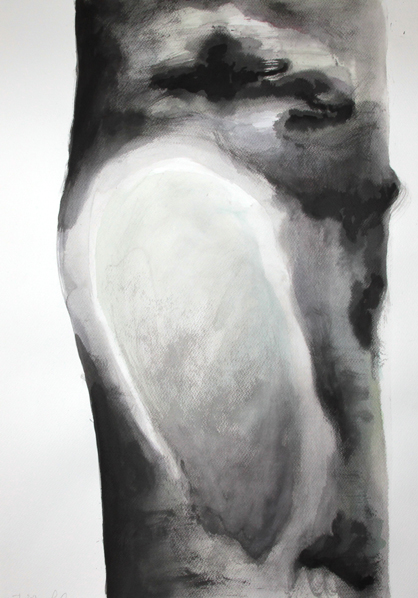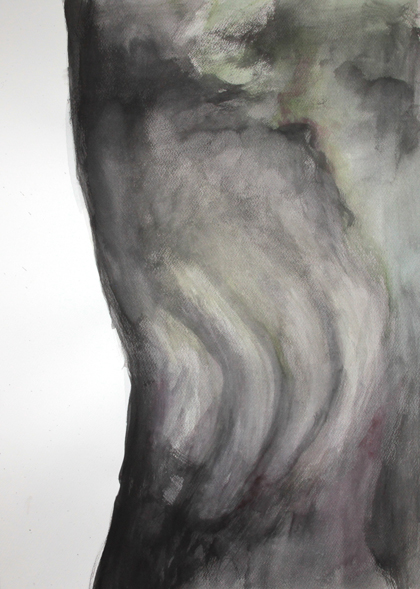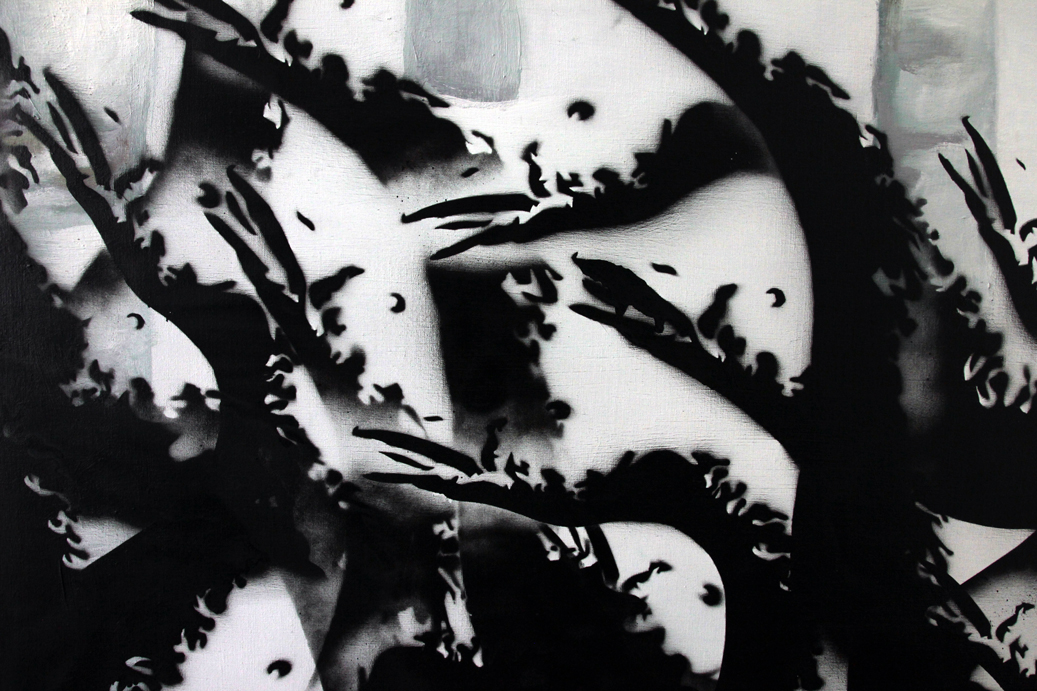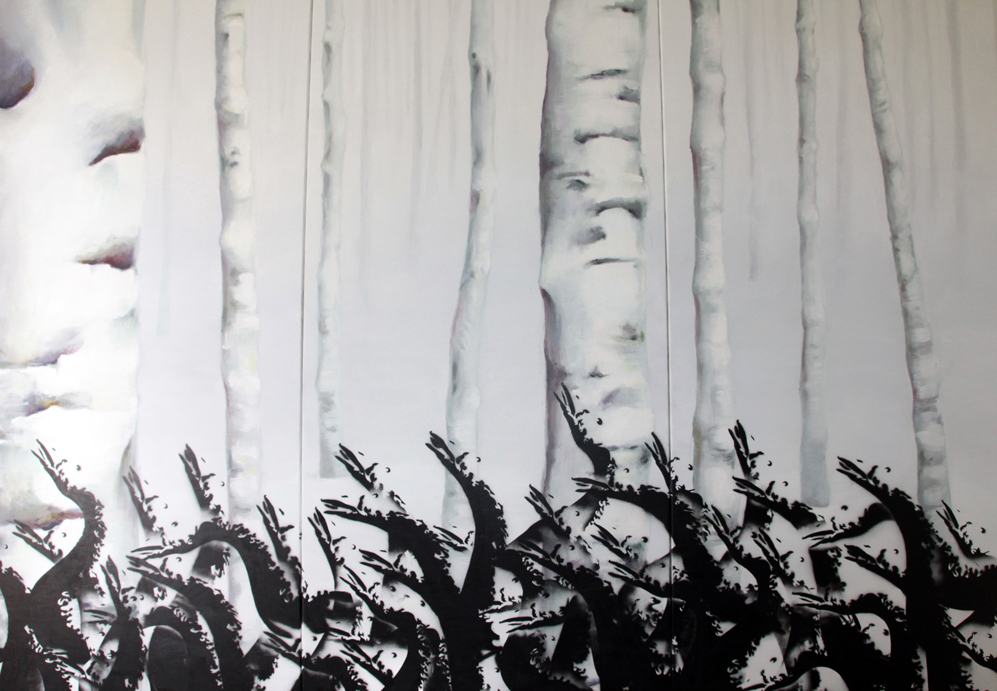Let the absentees talk
This project is rooted in a trip made to Poland in 2007, to the camps of Auschwitz-Birkenau, Belzec, Majdanek, Sobibor, Treblinka and Chelmno. How could I attack these places through painting? By retracing? Following on from Georges Didi-Huberman with Écorce, I in turn was haunted by the small birch wood in Auschwitz, the expanses of pines and snow that now cover the Sobibor camp. What could painting do with that? How was it inscribed in memory? Did it even have anything to do with memory? Should we paint, like Zoran Music, piles of lifeless bodies? For a man born in 1970, it couldn't be about bodies - they no longer exist, they are no longer part of the landscape. There's nothing left to show, or to see - the forest or the museum have taken back what was theirs.
I started a series of paintings where the trees and the snowy landscape (a contemporary, current landscape) take on the atrocities of the past for themselves. They are a trace, the only trace. What marks a landscape? What is it made of? Does it have a memory? By overlaying these paintings with stencils of geese, I added an impression, a second layer, a second level of reality, one of legend; the horrific legend that tells how the cries of geese covered up the cries of the deportees who were heading towards destruction.
